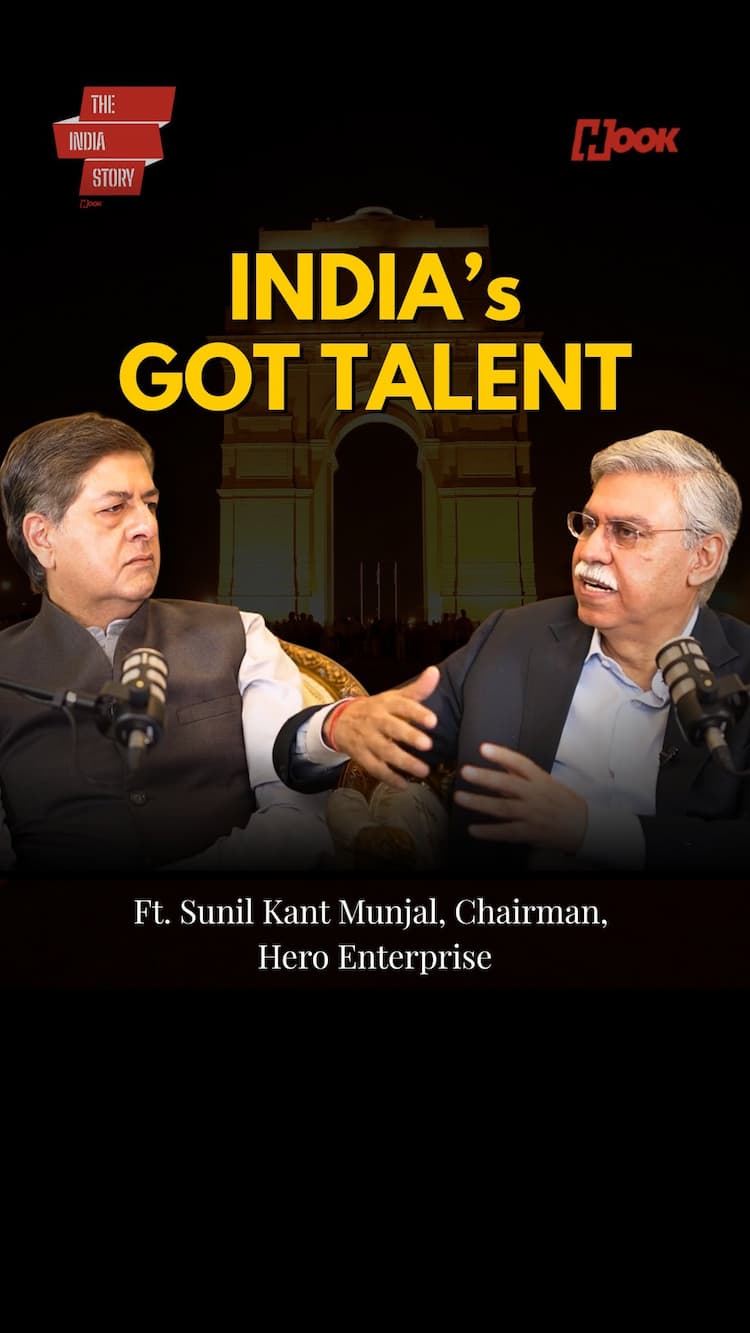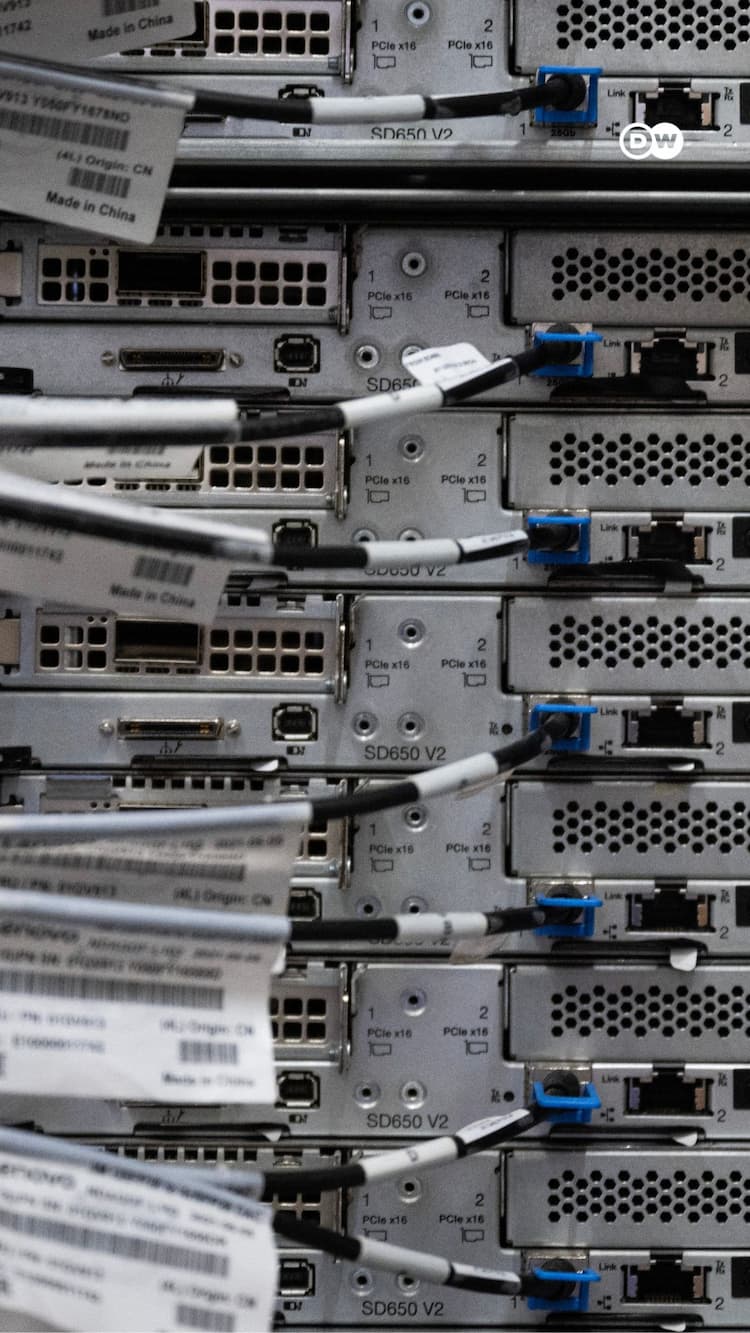#FundKaveriEngine: Why India’s Jet Engine Push Matters Now
In recent weeks, you’ve probably seen the hashtag #FundKaveriEngine flooding your social media feeds. From defence experts to everyday citizens, thousands have been tagging officials, urging the government to invest seriously in the Kaveri engine project — India’s long-standing ambition to develop its own jet engine.
What is the Kaveri engine?
The Kaveri engine is India’s indigenous fighter jet engine, being developed by GTRE (Gas Turbine Research Establishment) — a DRDO lab responsible for much of the country’s defence tech.
It was originally intended to power the Tejas fighter jet. However, by 2008, it fell short of the required performance standards and was dropped from the programme.
The project never died
Despite this setback, the project wasn’t scrapped. It continued in a low-key manner — with minimal funding and visibility — but steady progress. The engine has since been tested on other aircraft and incrementally improved.
The current version is designed to produce 80 kilonewtons of thrust with afterburner, suitable for take-off and combat speeds. A non-afterburner variant is also being developed for India’s upcoming Ghatak UCAV, a stealth unmanned drone.
Must Read: Dholera: India's chip revolution just found its ground zero
A renewed push
Recently, Godrej Aerospace delivered critical engine components to DRDO. Efforts are now underway to create a 90 kilonewton variant, powerful enough to support India’s future fighter jets.
Why the urgency now?
India still relies heavily on foreign-made jet engines — from the United States, France, and Russia. Without indigenous propulsion systems, true Atmanirbharta (self-reliance) in defence remains incomplete.
To add to that, Defence Minister Rajnath Singh recently approved the execution model for AMCA, India’s ambitious fifth-generation stealth fighter programme — which will require a powerful Indian-made engine.
More than a trend — a national calling
The #FundKaveriEngine movement is not just a social media buzz. It reflects a growing national desire to ensure that India doesn’t just assemble fighter jets, but also powers them with an Indian-made heart.









